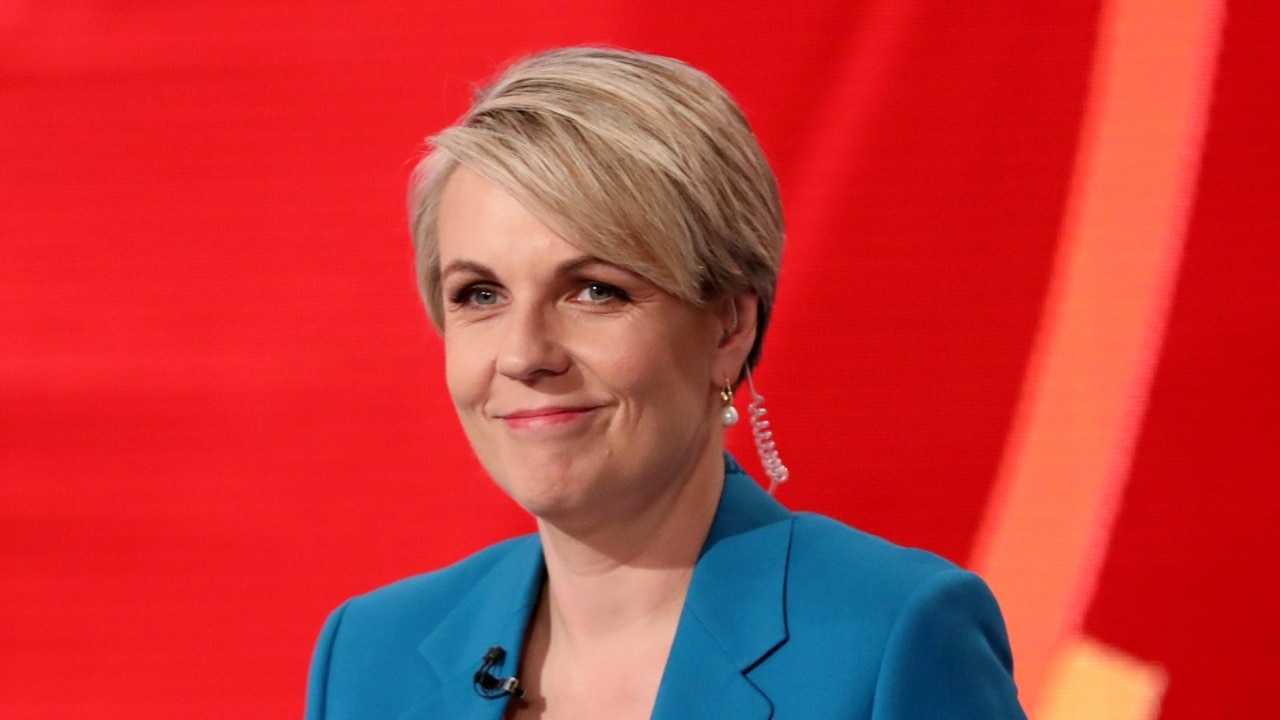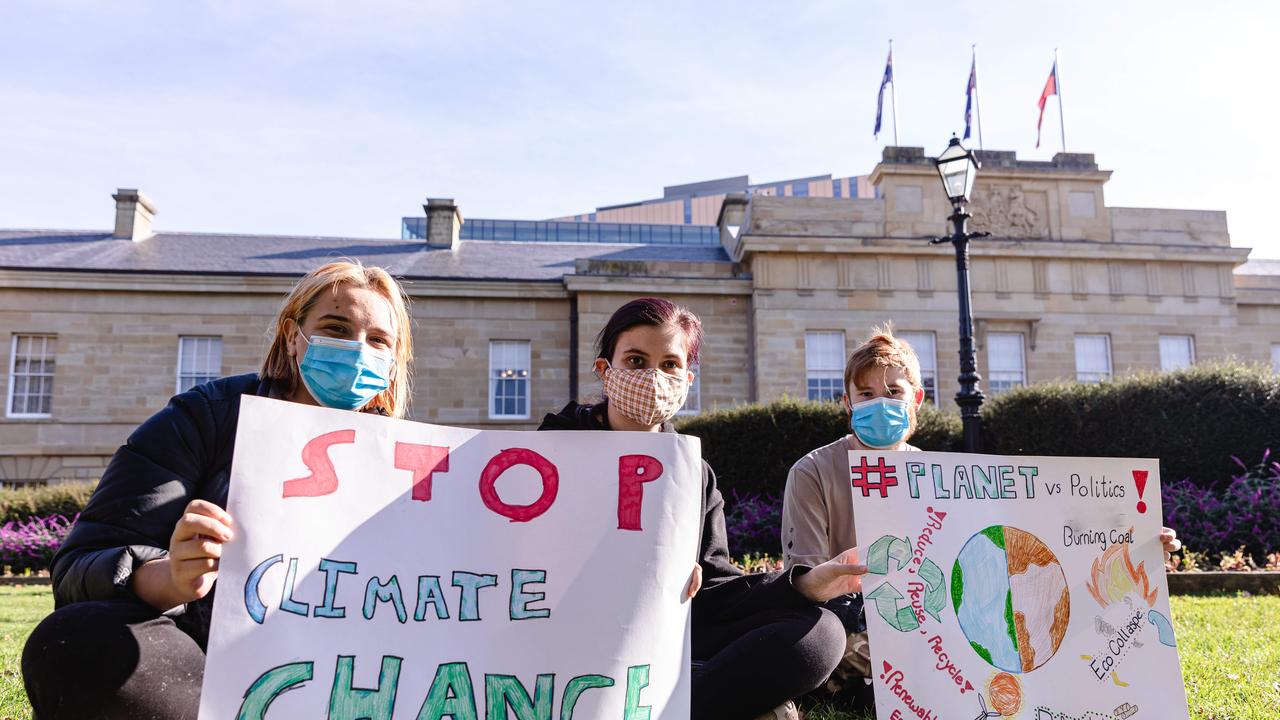‘Depressing story’ triggers urgent promise from Tanya Plibersek
A senior minister has made an urgent promise to every Australian in response to a “depressing story” in a bombshell report.

Almost one third of Australia’s land and oceans will be protected by 2030 under a major regulatory overhaul to replenish the health of the natural world.
Environment Minister Tanya Plibersek has vowed to restore Australia’s ecosystems by creating new national parks and making “fundamental reform” to the country’s environmental laws.
Ms Plibersek announced the Albanese government’s new conservation commitments as she unveiled the 2021 State of the Environment report at the National Press Club on Tuesday.
“Our government will set a goal of protecting 30 per cent of our land and 30 per cent of our oceans by 2030,” she said.
“We’ll explore the creation of new national parks and marine protected areas including by pursuing the east Antarctic marine park.
“This will be the latest chapter in a very proud Labor story.”
Her promise would significantly increase the amount of protected land in Australia, which makes up 19.75 per cent of the continent, according to the federal environment department.
Ms Plibersek said the latest five-yearly scientific assessment of Australia’s ecological systems told a confronting and sometimes depressing story.
But she said people “deserve to know the truth”.

The report found widespread and rapid decline was pushing some ecosystems to the brink of collapse, with climate change, invasive species, habitat loss, pollution and mining to blame.
Ms Plibersek said now was the time for the government to act but some of the damage would take “years to turn around”.
“If we continue on the trajectory we are on, the precious places, landscapes, animals and plants that we think of when we think of home, may not be here for our kids and grandkids,” she said.
Her predecessor in the environment portfolio Sussan Ley received the report last December and ignored calls to release it before the federal election.
Ms Plibersek said on Tuesday Australians didn’t trust that the federal government was protecting the environment.
“And quite frankly, that scepticism is justified,” she said.
Ms Plibersek had separately promised to respond to an official review of Australia’s main environmental law – the Environment Protection and Biodiversity Conservation (EPBC) Act.
She revealed on Tuesday the Albanese government would formally respond by the end of the year to former consumer watchdog chief Graeme Samuel’s review, which was carried out in the previous term of parliament.
Ms Plibersek said the government would then “aim” to develop new environmental legislation for 2023.
Mr Samuel made 38 recommendations after finding the EPBC Act was failing both the environment and developers and contributing to the unsustainable decline of Australia’s habitats.

Ms Plibersek has in her new portfolio been given the task of overseeing the reformation of Australia’s environmental laws and remedying species loss while being in charge of signing off on new coal and gas projects.
She may come under pressure over the Albanese government’s handling of the transition away from the fossil fuel industry, given it has for so long been a mainstay of the Australian economy to the detriment of the natural environment.
She told the ABC last month there needed to be an “accommodation” between addressing climate change and growing a strong economy, after she was asked how Labor could simultaneously support gas fracking and environmental conservation.
Greens senator Sarah Hanson-Young said on Tuesday Labor’s 43 per cent greenhouse gas emissions reduction target wouldn’t meet the scale of the crisis.
“It’s not enough to reduce the enormous amount of pollution that is currently being put into the atmosphere,” Senator Hanson-Young told ABC Radio.
“Reports like this … need to drive genuine urgent action. I’m very up for taking to the government about what we do now.”

The State of the Environment report warns that all aspects of the Australian environment are under pressure, and many of them are declining, with the process being accelerated by climate change and a lack of government leadership.
It says Australia’s environmental protection strategies and investment in biodiversity conservation do not match the scale of the challenge facing the country.
The authors say there is insufficient investment and a lack of co-ordination between the Commonwealth and states and territories to address the increasingly detrimental effects of climate change, land clearing, invasive species, pollution and urban expansion.
Among its other findings is that Australia has lost more mammal species than any other continent and continues to have one of the highest rates of species decline among OECD nations.
It says Australia is burdened by thousands of non‑native species introduced deliberately or by accident over the past 200 years.
And it warns that the continuing “legacy of colonial law and policies” is disempowering Indigenous environmental management practices to the detriment of Australian ecosystems.
The report examined 12 environmental areas: air quality, biodiversity, climate, coasts, extreme events, heritage, Indigenous knowledge, inland water, land and marine and urban environments, and Antarctica.



